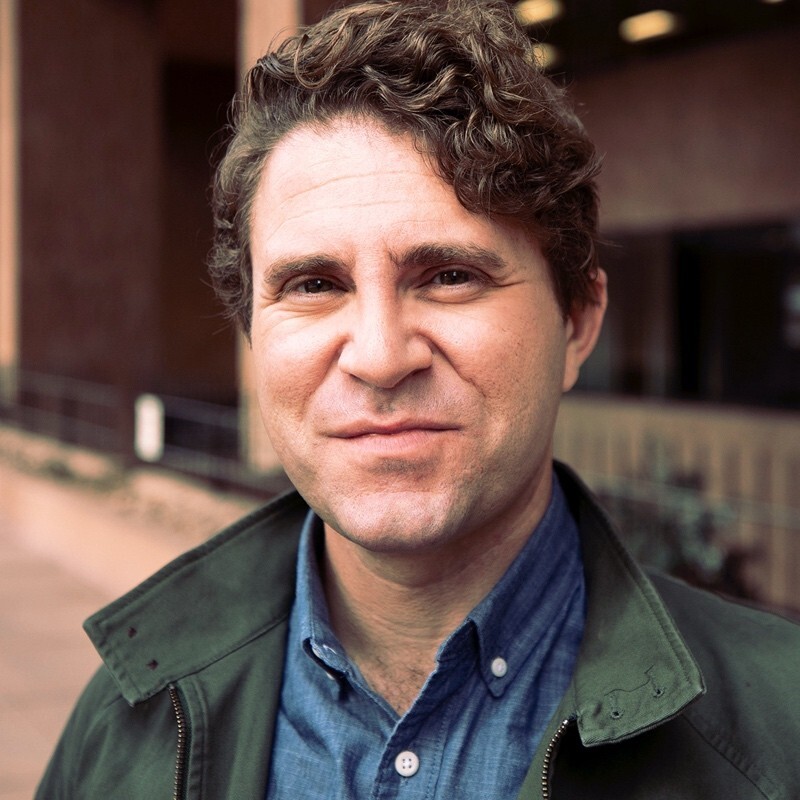
Colorado’s efforts to help people who stopped attending college to get a credential are paying off. The state had the seventh-highest number of credential completers in the nation, according to a new report by the National Student Clearinghouse. It jumped 129 percent from the 2022-23 to the 2023-24 academic year.
That dramatic jump was despite Colorado having the 20th largest population of students who have some credits but no degree, known as “stopped-out” students who left college for a variety of reasons. It is a significant — more than 600,000 — but often overlooked group within the higher education landscape.
The report found that Colorado had 2,100 credential completers in 2023-24, up 1,200 from 2022-23. Forty-two states saw increasing numbers of stopped-out students re-enrolling in college.
Colorado's initiative appears to work
National researchers credit the state’s new policy initiative, Colorado Re-Engaged (CORE), that allows four-year institutions to award associate degrees to those who stopped out in the last decade with 70 credit hours under their belt. A minimum of 70 credits is about two years of college.
“Our data don't allow us to pinpoint the exact impact, but in Colorado, the implementation of this policy coincided with more than doubling the number of (some college, no credential) completers in a single year,” said Matthew Holsapple, senior director of research at the National Student Clearinghouse Research Center.
The CORE initiative became law in 2021, and for the first time, it recognized that more than 25,000 eligible Coloradans who invested time and money but for a variety of reasons had to stop their education, could be eligible for a degree to reflect the work they’d done. They don’t have to re-enroll in college because they’ve already earned enough credits.
Eight Colorado institutions participate in the program, which represents just one segment of the total number of stop-out students who earn a credential. Other former students may re-enroll in college to earn a degree or other credentials.
Armed with an associate degree for credits they’ve completed, former students can possibly get higher-paying jobs or return to higher education to complete a bachelor’s degree. An associate degree puts one’s median earnings at 18 percent higher than those with a high school diploma. Those with a bachelor’s degree earn 35 percent more than those with an associate degree.
National trend shows students returning to college, but not as fast as they’re leaving
Nationally, the report shows the number of students who stop attending college without earning a credential — or stopping out — has declined for the second year in a row. It also found that more students who had previously stopped out are re-enrolling in a post-secondary institution.
“It is inspiring to see that over 1 million adults returned to campuses last year—the most we’ve ever recorded,” said Doug Shapiro, executive director of the center.
Despite the promising trends in re-enrollments, the population of “some college, no credential” is still growing — 2.2 percent in the year ending July 2023, far outpacing those “some college, no credential” students who reenrolled in the 2022-23 academic year.
The report found that all types of institutions saw fewer students stopping out, except for private for-profit four-year institutions and online institutions. The stop-out population is more male than female, and more Hispanic, Black, Native and Pacific Islander students are leaving post-secondary institutions than are white or Asian students.
The more college credits a person earned before leaving college, the more likely they are to earn a degree. Twenty-two percent of students with at least two years of full-time enrollment in the last decade earned a credential compared to 12 percent of those who started college before 2013.
“Same with the recent stop-outs, if you can re-engage a student relatively quickly, their chances of success look to be quite a bit higher,” said Holsapple.
Of note, just over 50 percent of those recent stop-outs go back to their previous schools, which offers an opportunity for institutions to think more broadly about re-engaging all students, not just those who were previously enrolled in their institution, he said.
The report notes a trend toward earning shorter-term certificate programs. The number of people earning short-term certificates has grown nearly 35 percent in the last decade.









